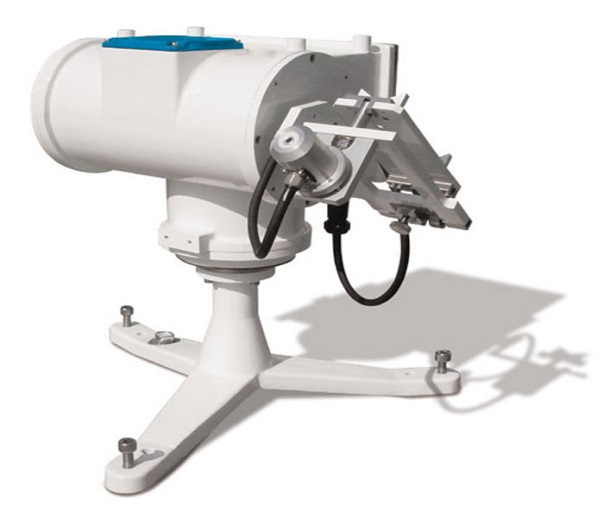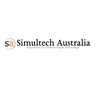In our day-to-day lives, solar energy plays a significant role in providing energy for different applications. Whether it is about powering your homes or fuelling technological advancements, renewable energy is the lifeblood for many firms. Although solar energy has many life-changing advantages, it can also significantly impact product lifecycles. Be it the heat, temperature or humidity, temperature and sunlight can affect products and materials significantly. That’s when solar radiation measurement and monitoring come into the big picture.
Understanding Solar Radiation Measurement:
Solar radiation measurement refers to the quantification of solar energy reaching the Earth's surface. It is a fundamental aspect of solar energy systems and climate studies. Scientists and engineers can assess the feasibility of solar power installations, monitor system performance, and predict energy output when they analyse solar radiation measurement and monitoring.
Units of Measurement:
Solar radiation is measured using various units, including:
- Irradiance: Irradiance measures the power of solar radiation per unit area. It is typically expressed in watts per square meter (W/m²). Irradiance provides insight into the intensity of sunlight at a particular location.
- Insolation: Insolation refers to the total solar radiation received over a given period, usually a day or year. It is measured in kilowatt-hours per square meter (kWh/m²). Insolation data aids in assessing the solar energy potential of a specific region.
Devices Used for Solar Radiation Measurement
- Pyranometers: Pyranometers are commonly used for measuring total solar radiation. They consist of a thermopile sensor that detects the heat generated by solar radiation. Pyranometers are equipped with a protective dome to prevent the influence of external factors such as wind and precipitation.
- Pyrheliometers: Pyrheliometers are specialized instruments used to measure direct normal irradiance (DNI). They measure the solar radiation received from the Sun without interference from diffuse or scattered light. Pyrheliometers are crucial for evaluating the performance of solar thermal systems and concentrating solar power plants.
- Sun Trackers: Sun trackers are mechanical devices that orient solar panels or instruments to face the Sun accurately. By following the Sun's path throughout the day, sun trackers optimize the efficiency of solar power systems and ensure accurate solar radiation measurements.
Role of Solar Simulation Chambers
Solar simulation chambers are controlled environments replicating solar radiation and diverse environmental conditions concerning solar behaviour. These temperature-controlled chambers are equipped with sophisticated technology to simulate specific solar irradiance levels and simulate real-world circumstances. Wondering why are they used? Dive in to find out!
- Testing Solar Panels:
Solar simulation chambers are used to test the performance of solar panels under controlled conditions. By subjecting panels to various solar irradiance levels, temperature fluctuations, and environmental stresses, researchers can assess their efficiency, durability, and response to different operating conditions.
- Environmental Research:
Solar simulation chambers aid environmental researchers in studying the effects of solar radiation on ecosystems. Scientists can better understand how solar radiation impacts plant growth, photosynthesis, and various environmental processes by manipulating irradiance levels and simulating different climatic conditions.
Need solar simulation chambers for other applications? Contact the professionals in the industry to know more about their functionalities and applications.


No comments yet